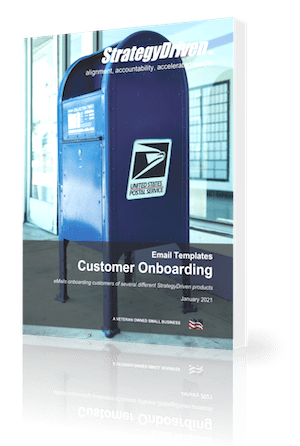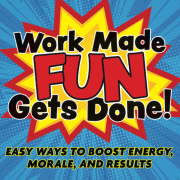5 Ways To Create A Workspace That Enhances Your Productivity

A recent Gallup survey of over 8,000 remote employees found that preference for onsite work has tanked, from 60% pre-pandemic to just 23% moving forward. Meanwhile, hybrid work is seeing a fruitful rise, from 32% pre-pandemic to 59% for the foreseeable future. In short, most people don’t mind coming to the office as long as they still get to work from home.
Not all businesses can adopt a hybrid arrangement, but no matter the setup, they’ll have to make up for all the lost time. Increased productivity will be one of three fundamental characteristics of the future workplace, alongside flexibility and improved communications. Here’s a look at five reliable ways to create a workspace that enhances productivity.
1. Monotask, not multitask
For decades, people considered doing multiple tasks simultaneously the epitome of employee performance. But to quote Jeremy Clarkson of Top Gear fame: “Multitasking is the ability to screw everything up simultaneously.”
You may think otherwise, but a study published at Materia Socio-Medica discovered that just adding a new task on top of the current one reduces attention span. Experts say that the human brain isn’t designed to handle multiple tasks simultaneously. Dividing your full attention results in lower work quality, and pressure to improve may lead to burnout.
Focusing on a single task, known as monotasking, results in increased focus and better output. One way to design a workplace for monotasking is to have one computer monitor instead of two, except in unique circumstances. Getting fully-integrated business software such as Jobber and others also works, as users would have multiple functions in one program.
2. Reduce repetitive tasks
Contrary to popular belief, repeatedly doing the same task doesn’t always mean getting better. If the worker doesn’t find the job fulfilling to some degree, they may feel detached from the rest of the workplace. Such feelings can culminate in burnout and, worse, turnover.
Work feels more satisfying when it subjects the mind to new challenges or a change of scenery. To allocate more manpower to these tasks, repetitive ones must be automated; a good example is custom template files like a handyman estimate template. They save businesses time and money by only requiring filling out the details.
3. Get standing desks
Spending eight hours a day on your seat can be unhealthy. In fact, the Department of Labor has a term for such work: sedentary roles. These jobs involve sitting on their workstations for most of the day and carrying no more than 10 pounds of office weight.
Employees feeling back pain and other common work-related health problems most likely stem from sitting all day. Doctors believe such a lifestyle has the same risk of dying as smoking and obesity. As if that isn’t bad enough, they also say that sedentary work accounts for an estimated 60% of a worker’s waking hours daily.
As such, the workplace must enable employees to stretch their legs in between work. However, standing desks take it one step further by getting the body to burn calories by standing—though some designs feature a treadmill underneath. Having these in the workplace doesn’t mean not needing sitting desks; they produce better health benefits when together.
4. Allow midday naps
If this post gave you this tip several years ago, you’d be forgiven for thinking it’s preposterous. But now that people have gotten a taste of the benefits of remote work, specifically more control over their time, they’ll undoubtedly demand their bosses adopt this.
In truth, midday naps have been around since before the pandemic. Some businesses have a nap or quiet rooms for their employees to rest before returning to work. While a welcome convenience, these rooms aren’t a requirement. For the budget-strapped company, simply allowing employees a brief rest after lunch will suffice.
5. Have a stocked pantry
If there’s one thing soldiers and office workers have in common, they march on their stomachs. Lunch breaks are a given, but stocking the pantry with healthy snacks can enhance productivity. Experts recommend foods that can be consumed on the go, such as dried nuts, tuna pouches, fruit slices, vegetable sticks, and clementines.
If possible, avoid commercially-made snacks like candy and granola bars, as they’re loaded with an unhealthy amount of sugar. Settle for homemade ones instead.
Conclusion
The importance of productivity has barely changed. If anything, the COVID pandemic has only underscored it even more. Whether returning to the office or keeping the pandemic-induced status quo, businesses must plan to enhance productivity moving forward.












Leave a Reply
Want to join the discussion?Feel free to contribute!